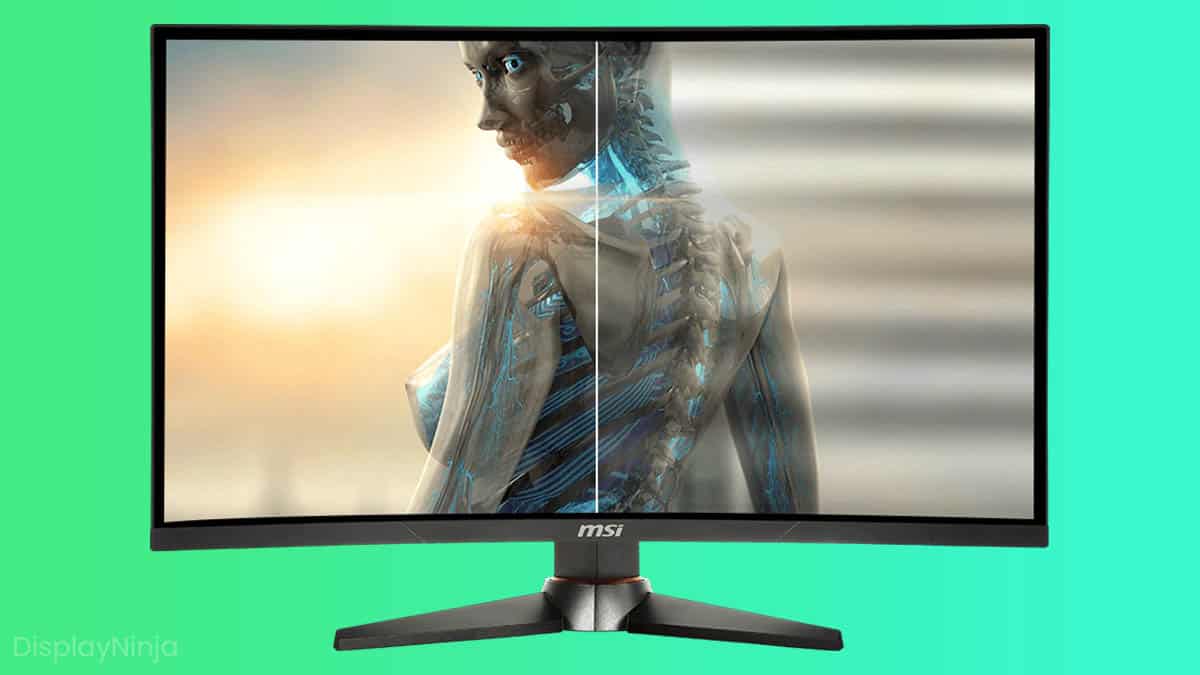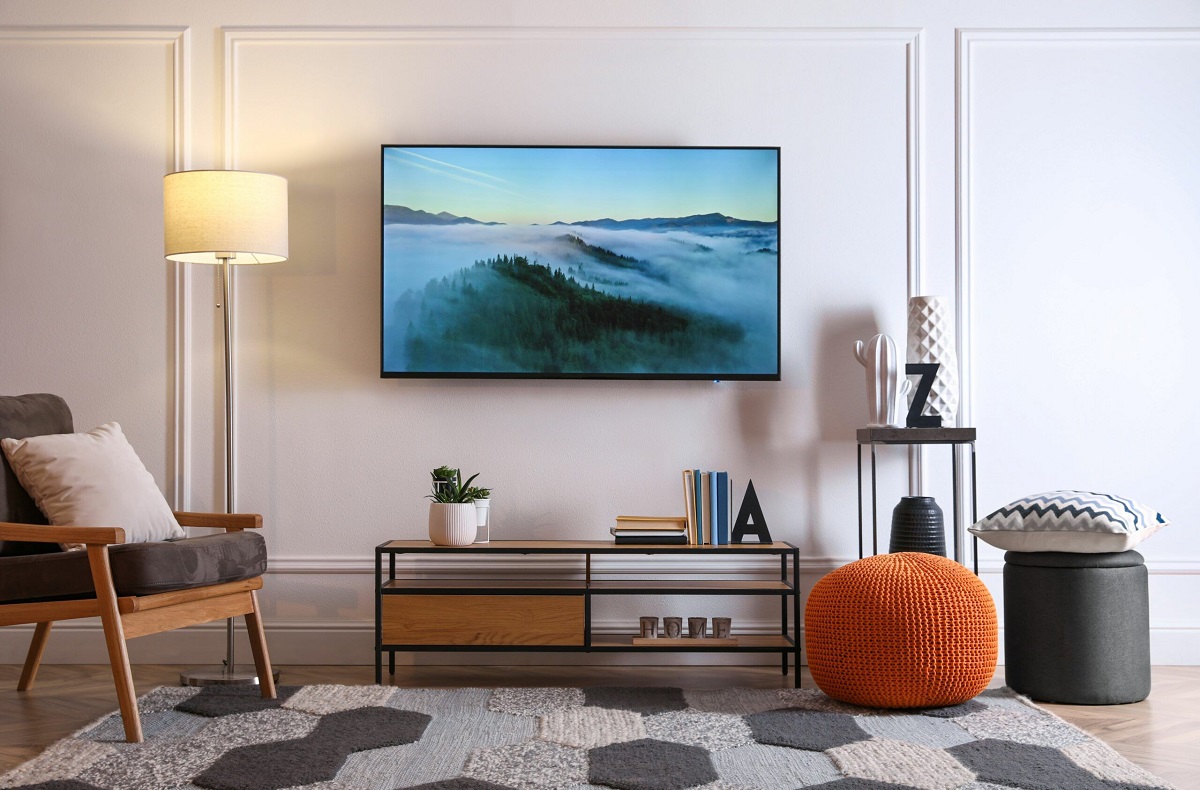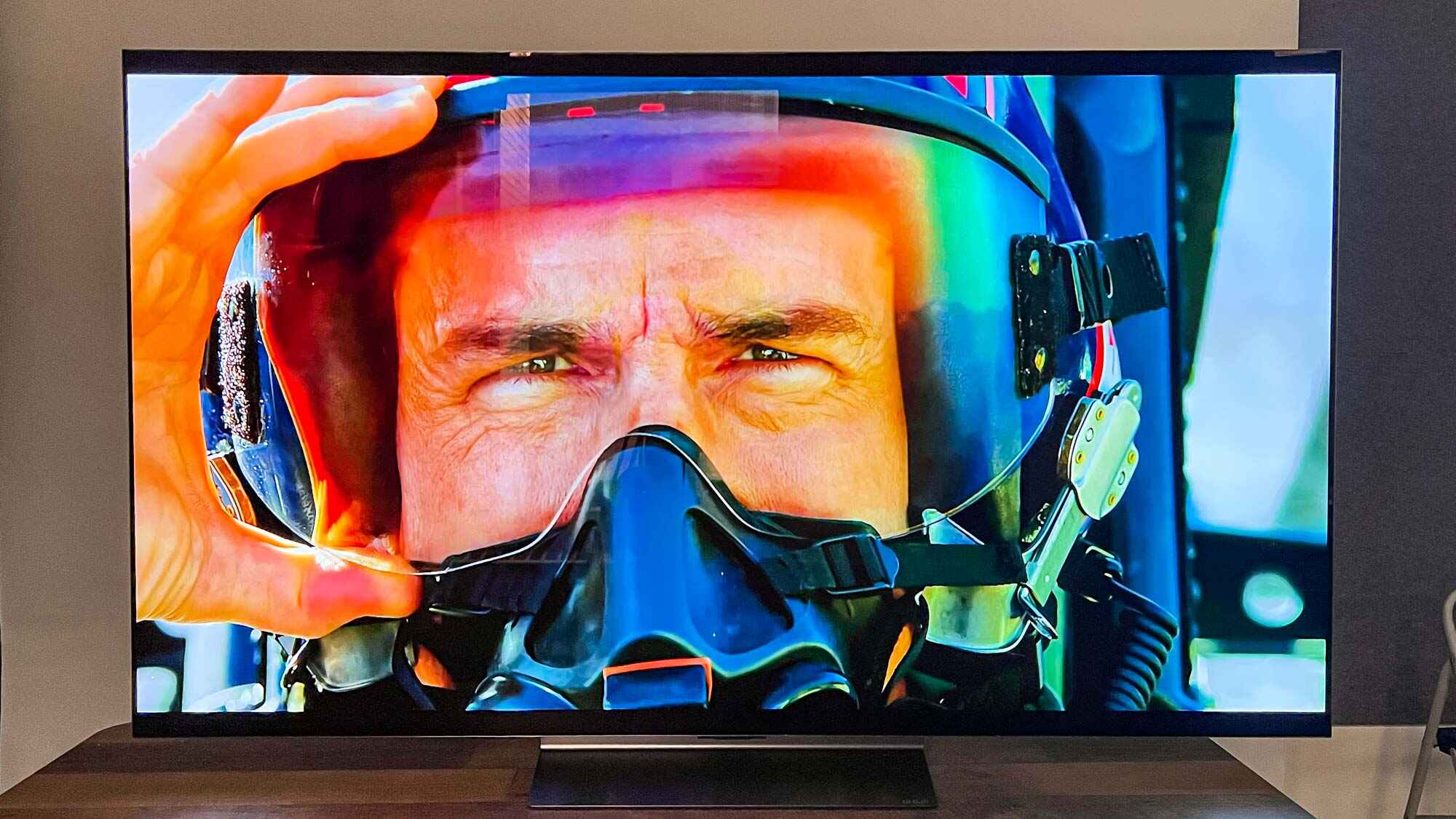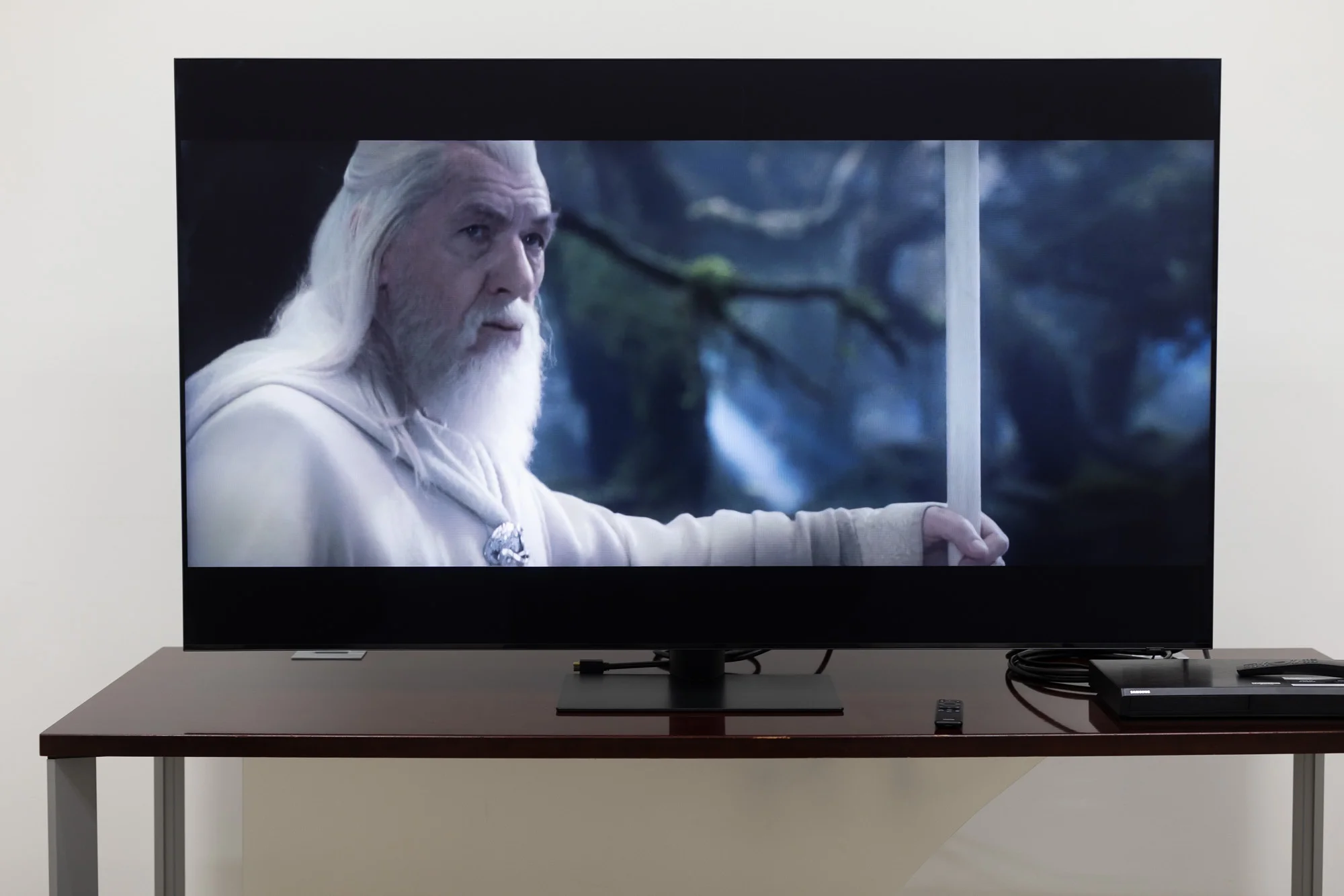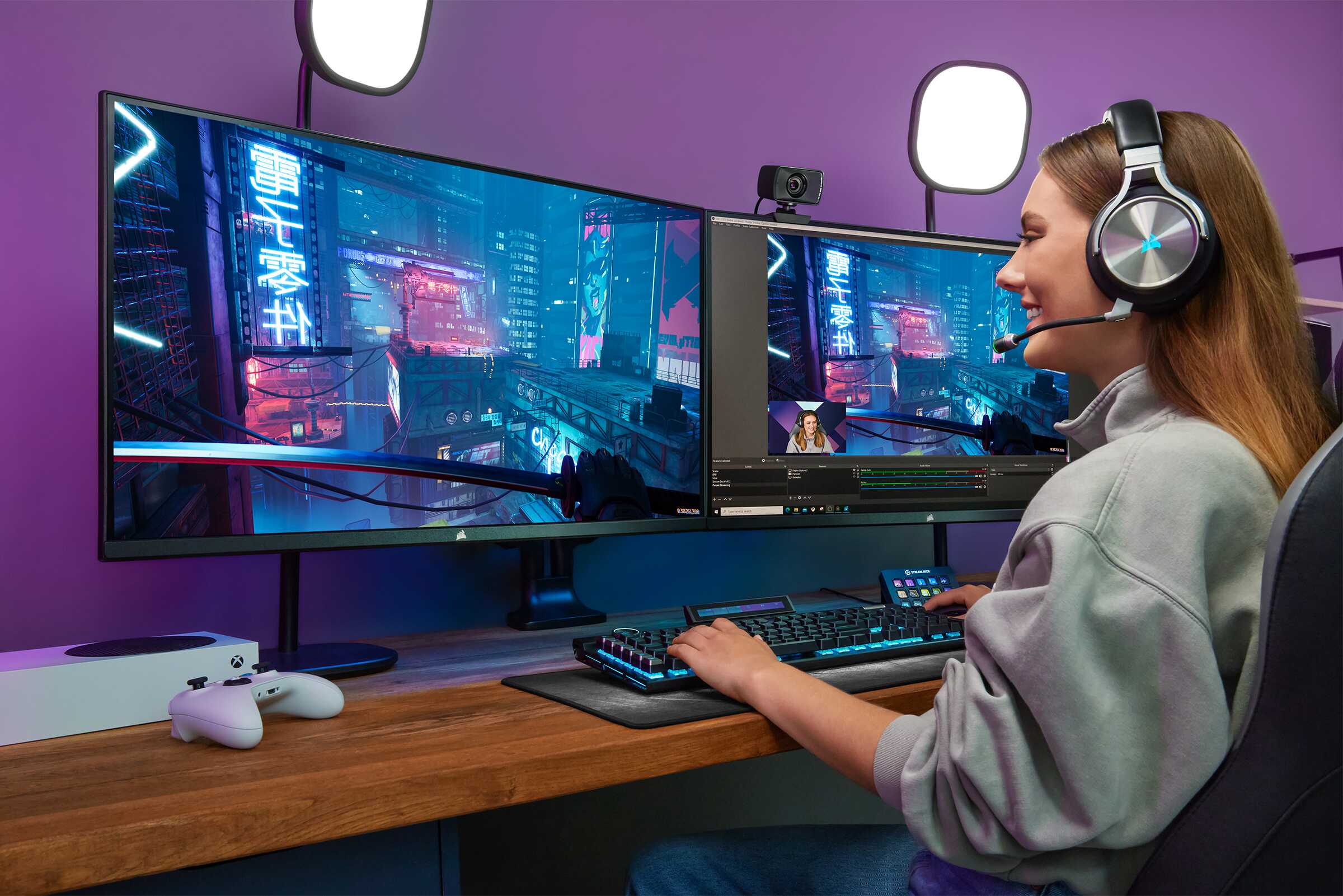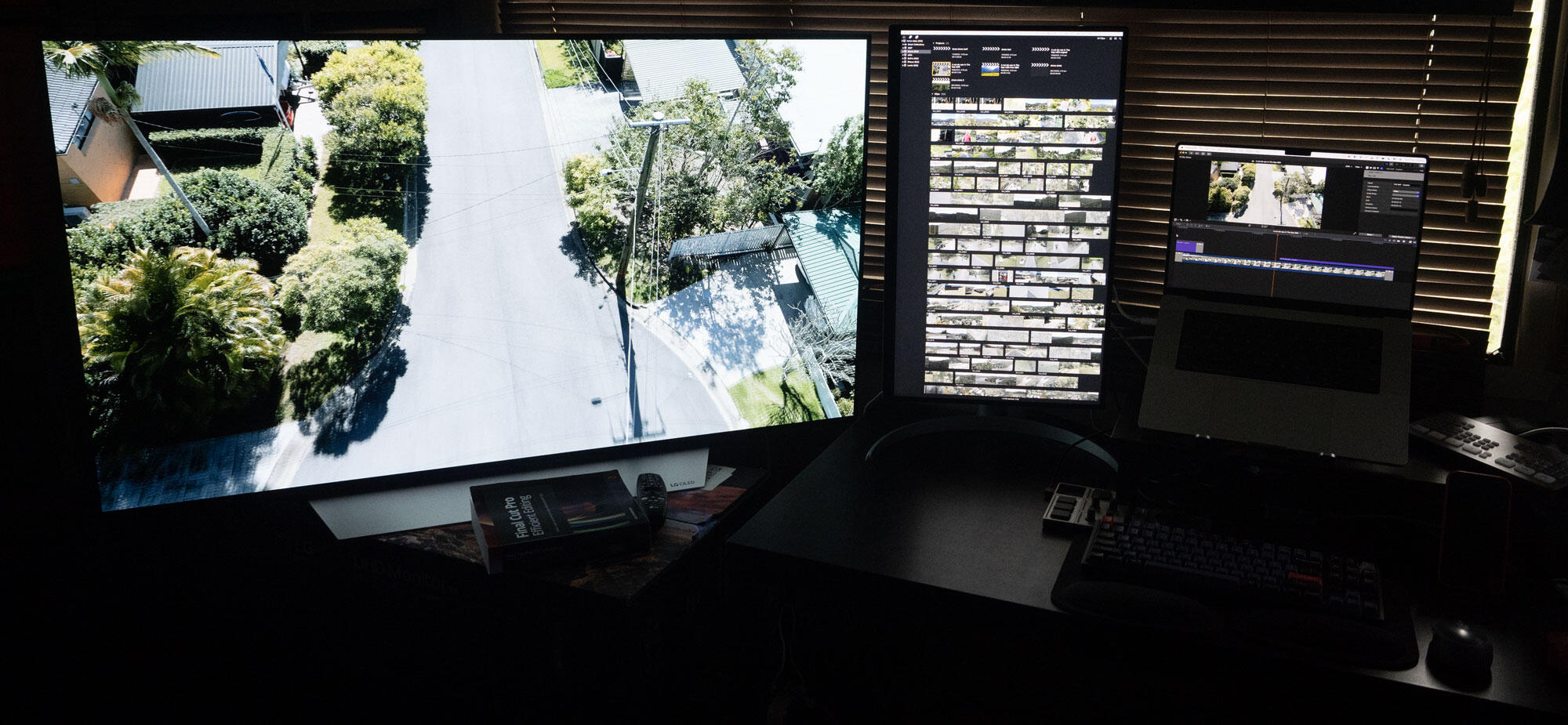Introduction
Welcome to this guide on how to set up your LG OLED TV to reduce or eliminate flickering. LG OLED TVs are known for their stunning picture quality and immersive viewing experience. However, some users may experience flickering issues, which can be distracting and negatively impact their enjoyment of the content.
Flickering on OLED TVs occurs when the display rapidly toggles between light and dark, causing a noticeable and sometimes irritating effect. While flickering can be a result of various factors, including external influences and factory settings, there are several adjustments you can make to minimize or eliminate this issue.
In this article, we’ll explore some of the key settings and features that can help you reduce flickering on your LG OLED TV. By following these steps, you can enhance your viewing experience and enjoy flicker-free content on your television.
We’ll start by gaining a better understanding of flickering on LG OLED TVs and why it occurs. Then, we’ll dive into the different settings you can adjust to minimize this issue. From adjusting the picture mode and OLED light setting to controlling motion and utilizing the black frame insertion feature, we’ll cover everything you need to know.
In addition to the TV settings, we’ll also discuss external factors that can contribute to flickering. By being aware of these influences and taking appropriate action, you can further optimize your viewing experience.
So, if you’re ready to say goodbye to flickering and enjoy your LG OLED TV to the fullest, let’s get started!
Understanding Flickering on LG OLED TVs
Flickering on LG OLED TVs is a phenomenon where the display rapidly alternates between light and dark, creating a noticeable flickering effect. This issue can be caused by a variety of factors, including the specific characteristics of OLED technology.
OLED stands for Organic Light-Emitting Diode, and it is a display technology that utilizes organic compounds to emit light when an electrical current is applied. Unlike LCD (Liquid Crystal Display) TVs, OLED TVs do not require a backlight, as each pixel emits its own light. While this allows for deeper blacks and vibrant colors, it can also lead to potential flickering issues.
OLED TVs achieve their deep blacks by individually controlling the brightness of each pixel. However, this pixel-level control can sometimes result in small variations in brightness, leading to flickering. Additionally, OLED displays operate at a high refresh rate, typically 120Hz or higher, to reproduce smooth motion. This high refresh rate can further contribute to flickering.
It’s important to note that not all LG OLED TVs exhibit flickering, and the severity can vary between models. It may also be more noticeable in certain viewing conditions, such as dark room environments or when viewing content with high contrast scenes.
Another factor that can contribute to flickering is the source material. Some video content, particularly older or poorly-mastered content, may not be optimized for OLED displays and can introduce flickering artifacts. Additionally, certain streaming services or devices may have specific settings or limitations that can impact flicker-free playback.
To effectively address flickering on your LG OLED TV, it’s essential to understand that it is a characteristic of the display technology rather than a defect. Fortunately, LG provides various settings and features that allow you to adjust the TV’s behavior, minimizing or eliminating flickering to improve your viewing experience.
Now that we have a better understanding of why flickering occurs on LG OLED TVs let’s proceed to the next section, where we’ll explore the different settings you can adjust to reduce this issue.
Adjusting the Picture Mode
One of the first steps in reducing flickering on your LG OLED TV is to adjust the picture mode. The picture mode determines the overall brightness, contrast, and color settings of your TV, which can significantly impact flickering.
Most LG OLED TVs come with pre-set picture modes like Standard, Cinema, and Vivid. However, these modes are often optimized for general viewing and may not be ideal for minimizing flickering.
To begin, access the Picture Settings menu on your LG OLED TV. You can usually find this by pressing the “Home” or “Settings” button on your remote and navigating through the available options. Once there, look for the Picture Mode or Picture Settings section.
Now, depending on your TV model, different picture modes may be available. Look for a mode that emphasizes smooth motion and reduces flickering. Some common options to consider are Pro or Expert picture modes, as they provide additional customization options.
Within the selected picture mode, you’ll find various adjustable settings that can help you reduce flickering:
- Brightness: Decreasing the overall brightness can reduce the intensity of flickering. However, be careful not to lower it too much, as it may affect the overall picture quality.
- Contrast: Adjusting the contrast can also impact flickering. Experiment with different settings to find the right balance between enhancing the picture and minimizing flickering.
- Color Temperature: OLED displays tend to have more accurate colors when set to a warmer temperature. This adjustment can help reduce the perceived flickering.
- Sharpness: While sharpness settings do not directly affect flickering, a lower sharpness setting can contribute to a smoother image, making any flickering less noticeable.
Remember, the optimal picture settings may vary depending on your preferences, room lighting, and the specific content you are watching. It’s a good idea to take the time to test different settings and observe the effect on flickering.
Once you have fine-tuned the picture mode settings, save the changes and continue to the next section, where we’ll explore additional adjustments to further reduce flickering on your LG OLED TV.
Tweaking the OLED Light Setting
Another important setting to consider when aiming to reduce flickering on your LG OLED TV is the OLED light setting. The OLED light setting determines the overall brightness level of the TV by adjusting the individual brightness of the pixels.
Access the Picture Settings menu on your LG OLED TV and navigate to the OLED Light or Brightness section. Here are a few adjustments to consider:
- Lower OLED Light: Decreasing the OLED light setting can help reduce flickering by reducing the overall brightness of the display. Start by gradually lowering the value until you find a level that provides a satisfying viewing experience without significant flickering.
- Auto Brightness Limiter (ABL): Some LG OLED TVs have an Auto Brightness Limiter (ABL) feature that adjusts the brightness dynamically based on the content being displayed. In certain cases, this feature may be contributing to flickering. If available, you can try disabling or adjusting the ABL setting to see if it improves the flickering issue.
Keep in mind that while lowering the OLED light setting can help reduce flickering, it may also impact the overall brightness and picture quality. Finding the right balance between minimizing flickering and maintaining satisfactory brightness is essential.
Furthermore, it’s worth noting that the optimal OLED light settings can vary depending on the specific content you’re watching. Bright scenes may require higher OLED light settings, while darker scenes may benefit from lower settings. Take the time to adjust and observe the impact of different settings on reducing flickering.
Once you have made the necessary tweaks to the OLED light setting, save the changes and move on to the next section, where we’ll explore other features and settings that can further enhance your viewing experience on LG OLED TVs by minimizing flickering.
Controlling Motion and TruMotion
When it comes to reducing flickering on your LG OLED TV, controlling motion settings, including the TruMotion feature, can play a significant role. The TruMotion feature aims to enhance motion clarity and reduce motion blur, but it can also impact flickering.
To access the motion settings on your LG OLED TV, navigate to the Picture Settings menu and look for options related to motion or TruMotion. Here are some ways to control motion and reduce flickering:
- TruMotion Settings: Most LG OLED TVs offer different levels of TruMotion, such as Off, Smooth, Clear, and User. Try experimenting with different settings to find the one that provides the smoothest motion without introducing excessive flickering.
- Black Frame Insertion: Some LG OLED TVs offer a Black Frame Insertion (BFI) feature, which can help reduce flickering by inserting black frames between consecutive frames. This feature can improve motion clarity but may also affect overall brightness. Test different BFI settings, if available, to find the right balance for your preference.
- De-Judder and De-Blur: These settings determine the level of motion interpolation and response time. Adjusting these settings can impact flickering by smoothing out motion or reducing motion blur. Use lower values if flickering is a concern.
It’s worth noting that while motion settings can help reduce flickering, they can also introduce artifacts or a soap opera effect, which some viewers find undesirable. Therefore, it’s important to find the right balance between motion clarity and flickering reduction based on your personal preference.
Additionally, keep in mind that different content may require different motion settings. For example, sports or action-packed movies may benefit from higher motion settings, while slower-paced content may require lower settings.
Once you have adjusted the motion settings to minimize flickering, save the changes and proceed to the next section, where we’ll explore the utilization of the Black Frame Insertion feature to further enhance your viewing experience on LG OLED TVs.
Utilizing the Black Frame Insertion Feature
One of the features that can significantly help reduce flickering on your LG OLED TV is the Black Frame Insertion (BFI) feature. BFI works by inserting black frames in between consecutive frames, effectively reducing the flickering effect.
To utilize the Black Frame Insertion feature on your LG OLED TV, access the Picture Settings menu and look for options related to BFI or Motion/Frame Interpolation settings. Here’s how you can make the most of this feature:
- Enable BFI: If your LG OLED TV supports the BFI feature, you can try enabling it to reduce flickering. Look for options like “Motion Pro,” “Black Frame Insertion,” or “Motion Blur Reduction” and toggle them on.
- Adjust BFI Level: Some LG OLED TVs offer adjustable BFI levels. Experiment with different levels to find the setting that minimizes flickering without overly compromising the brightness or introducing additional artifacts.
- Consider Content: Keep in mind that not all content may benefit from the BFI feature. Some viewers may find it more beneficial for fast-paced action or sports content, while others may prefer to keep it disabled for regular TV shows or movies. Test how BFI affects different types of content and adjust accordingly.
It’s important to note that enabling the BFI feature may reduce motion blur but can also decrease overall brightness, as the black frames inserted between frames dim the image momentarily. Finding the right balance between motion clarity, flickering reduction, and brightness is crucial for an optimal viewing experience.
Additionally, not all LG OLED TV models offer BFI, so check your TV’s user manual or specifications to ensure that this feature is available on your specific model.
Once you have adjusted the Black Frame Insertion feature to minimize flickering, save the changes and move on to the next section, where we’ll explore how managing the Energy Saving settings can further enhance your viewing experience on LG OLED TVs.
Managing the Energy Saving Settings
Managing the energy-saving settings on your LG OLED TV can be another effective way to minimize flickering and optimize your viewing experience. These settings can help regulate the power consumption and adjust the TV’s behavior to reduce potential flickering.
To access the energy-saving settings on your LG OLED TV, navigate to the Picture Settings or the Home/Settings menu and look for options related to Energy Saving. Here are some key considerations and adjustments you can make:
- Energy Saving Modes: LG OLED TVs often provide multiple energy-saving preset modes, such as Off, Minimum, Medium, or Maximum. Experiment with different modes to find the one that strikes the right balance between reducing flickering and maintaining satisfactory picture quality.
- Automatic brightness control: Some models offer automatic brightness control features that adjust the TV’s brightness based on ambient light conditions. Enabling this feature can help optimize the picture quality and reduce flickering in different lighting environments.
- Turn off Eco Sensor: The Eco Sensor feature adjusts the TV’s brightness and contrast based on the room’s lighting conditions. However, this automatic adjustment can contribute to flickering. If you notice excessive flickering, try turning off the Eco Sensor feature.
Managing the energy-saving settings on your LG OLED TV allows you to strike a balance between energy efficiency and minimizing flickering. The optimal settings may vary depending on your preferences and the specific viewing environment.
As you make adjustments, keep in mind that lowering power consumption may also affect the brightness and overall picture quality. Take the time to test different energy-saving settings and observe the impact on flickering and visual experience.
Once you have optimized the energy-saving settings, save the changes and continue to the next section, where we’ll explore how to deal with external factors that may contribute to flickering on your LG OLED TV.
Dealing with External Factors
While adjusting the settings on your LG OLED TV can help minimize flickering, it’s important to consider and address any external factors that may contribute to the issue. By taking appropriate action, you can further enhance your viewing experience and reduce flickering. Here are a few external factors to keep in mind:
- Room Lighting: The lighting conditions in your viewing environment can affect the perception of flickering. Avoid excessive brightness or reflections that could cause flickering to appear more noticeable. Dimming the lights or adjusting the curtains can help create an optimal viewing atmosphere.
- Content Sources: Some sources, such as older videos or poorly-encoded content, may not be optimized for OLED displays and can introduce flickering artifacts. Ensure that you’re using high-quality, updated sources to minimize these issues.
- External Devices: The devices connected to your LG OLED TV, such as gaming consoles or streaming devices, can also contribute to flickering. Ensure that the firmware of these devices is up-to-date and that their settings are compatible with the TV to avoid compatibility issues.
- Electromagnetic Interference: Electromagnetic interference from nearby electronic devices can cause flickering on your LG OLED TV. Keep devices like routers, wireless speakers, or mobile phones away from the TV to minimize potential interference.
- Power Supply: Ensure that your LG OLED TV is connected to a stable power source. Fluctuations or surges in the power supply can lead to flickering issues. Consider using a surge protector or voltage stabilizer to regulate the electricity flow to the TV.
By paying attention to these external factors, you can create an optimal environment for your LG OLED TV and minimize flickering. Remember that flickering can sometimes be subjective, and what may be bothersome to one person may not be as noticeable to another. Regularly updating your TV software and firmware can also help address any known issues or bugs related to flickering.
Now that you’re equipped with the knowledge on how to deal with external factors, it’s time to implement these strategies and enjoy a flicker-free viewing experience on your LG OLED TV. Let’s recap what we’ve covered so far and conclude our guide to setting up your LG OLED TV for less flickering.
Conclusion
Congratulations! You have reached the end of our guide on setting up your LG OLED TV to minimize flickering. By following the adjustments and tips outlined in this article, you can enhance your viewing experience and enjoy flicker-free content.
We started by understanding the nature of flickering on LG OLED TVs, recognizing that it is a characteristic of the display technology rather than a defect. We explored the various settings and features that can be adjusted to reduce flickering, such as picture mode, OLED light, motion controls, and utilizing the black frame insertion feature.
In addition to the TV settings, we discussed the impact of external factors such as room lighting, content sources, external devices, electromagnetic interference, and power supply. By considering and addressing these external factors, you can further optimize your viewing environment and minimize flickering.
Remember to find the right balance between reducing flickering and maintaining the desired picture quality. Adjust the settings according to your preferences and the specific content you are watching. Regularly update your TV software and firmware to address any known issues or bugs related to flickering.
Now that you have a comprehensive understanding of how to set up your LG OLED TV for less flickering, it’s time to put these strategies into action. Take the time to experiment and fine-tune the settings to find the optimal configuration that works for you.
Enjoy your flicker-free viewing experience on your LG OLED TV and immerse yourself in the stunning picture quality and vibrant colors that OLED technology has to offer. Sit back, relax, and indulge in your favorite movies, TV shows, and games without any distractions.
Thank you for choosing our guide, and we hope it has been helpful to you. Happy watching!







